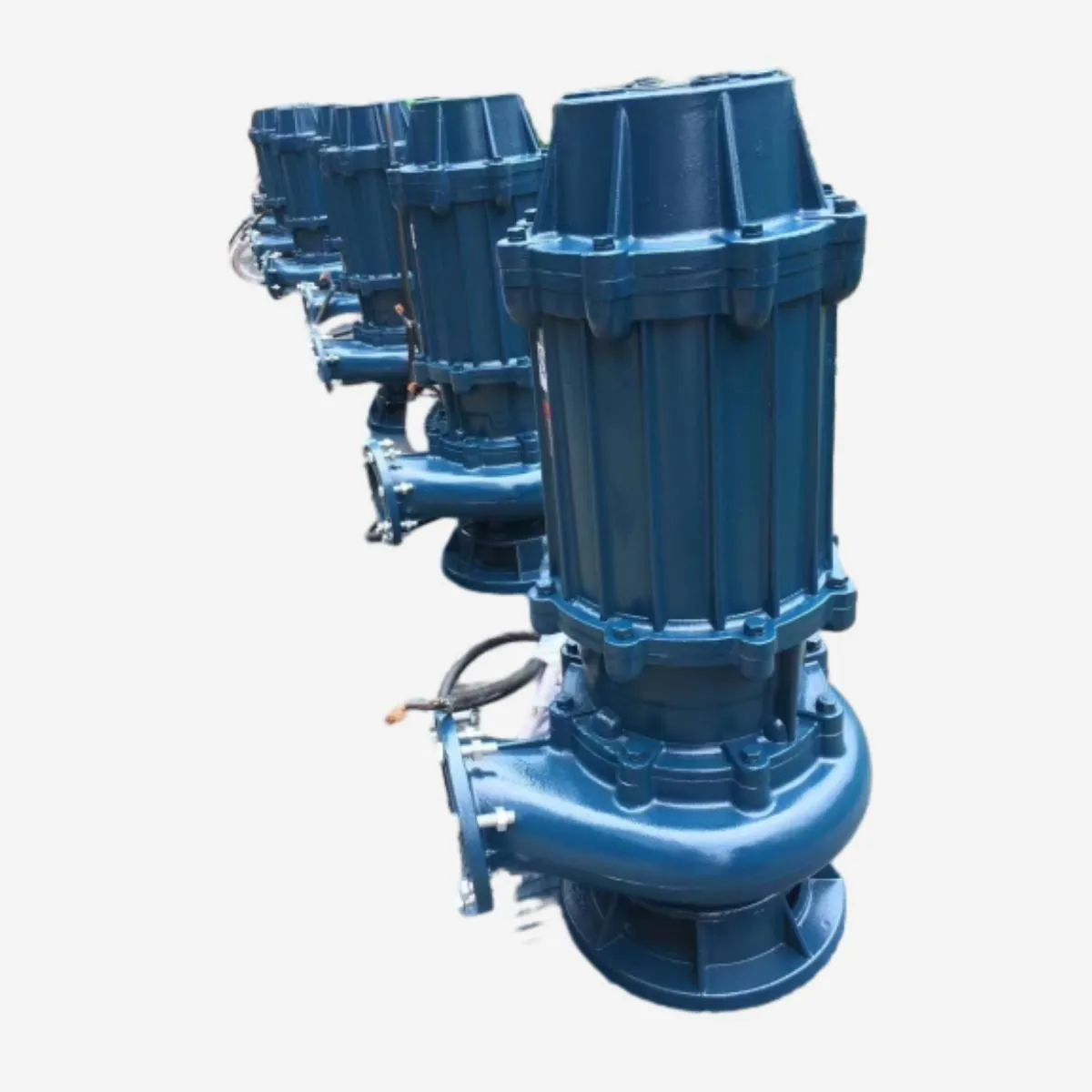Kurdish
- Afrikaans
- Albanian
- Amharic
- Arabic
- Armenian
- Azerbaijani
- Basque
- Belarusian
- Bengali
- Bosnian
- Bulgarian
- Catalan
- Cebuano
- Corsican
- Croatian
- Czech
- Danish
- Dutch
- English
- Esperanto
- Estonian
- Finnish
- French
- Frisian
- Galician
- Georgian
- German
- Greek
- Gujarati
- Haitian Creole
- hausa
- hawaiian
- Hebrew
- Hindi
- Miao
- Hungarian
- Icelandic
- igbo
- Indonesian
- irish
- Italian
- Japanese
- Javanese
- Kannada
- kazakh
- Khmer
- Rwandese
- Korean
- Kurdish
- Kyrgyz
- Lao
- Latin
- Latvian
- Lithuanian
- Luxembourgish
- Macedonian
- Malgashi
- Malay
- Malayalam
- Maltese
- Maori
- Marathi
- Mongolian
- Myanmar
- Nepali
- Norwegian
- Norwegian
- Occitan
- Pashto
- Persian
- Polish
- Portuguese
- Punjabi
- Romanian
- Russian
- Samoan
- Scottish Gaelic
- Serbian
- Sesotho
- Shona
- Sindhi
- Sinhala
- Slovak
- Slovenian
- Somali
- Spanish
- Sundanese
- Swahili
- Swedish
- Tagalog
- Tajik
- Tamil
- Tatar
- Telugu
- Thai
- Turkish
- Turkmen
- Ukrainian
- Urdu
- Uighur
- Uzbek
- Vietnamese
- Welsh
- Bantu
- Yiddish
- Yoruba
- Zulu
Telephone: +86 13120555503
Email: frank@cypump.com
تشرینی یەکەم . 21, 2024 13:12 Back to list
Exploring the Benefits and Applications of Submersible Pumps in Various Industries
Exploring the World of Submersible Pumps A Comprehensive Overview
Submersible pumps are remarkable devices designed to operate below the water level, fully submerged in the fluid they are pumping. Their construction and operational features distinguish them from other pumping systems, making them a popular choice in multiple applications such as sewage treatment, groundwater extraction, and irrigation.
What is a Submersible Pump?
A submersible pump is an electric pump that is sealed to prevent water from entering and damaging the motor. It operates by pushing fluid to the surface rather than pulling it up, which enhances its efficiency. When submerged, these pumps can effectively manage a wide variety of fluids, including clean water, sewage, and even corrosive liquids, depending on the materials used in their construction.
Key Components
The primary components of a submersible pump include the motor, stages, impeller, and discharge assembly. The motor is sealed within a housing to protect it from water damage, while the impeller—often made of durable materials such as stainless steel or thermoplastic—works to move the water through the pump. The stages refer to the number of impellers; more stages generally equate to higher pressure capabilities.
How Do Submersible Pumps Work?
Submersible pumps operate on a simple principle of fluid dynamics. When the pump is submerged, the motor powers the impeller, which spins rapidly and creates a centrifugal force that pushes water upwards through the pump assembly. The design of the pump ensures that it can handle high pressures, making it suitable for deep well applications or situations where the water source is located underground.
As water enters the pump through openings at the bottom, it is propelled through the impeller stages and discharged from the top through piping. This straightforward design with minimal moving parts contributes to the reliability and longevity of submersible pumps.
Applications
Submersible pumps are used in a variety of applications across different industries
sumergible pump

1. Water Wells They are commonly employed in deep well drilling to extract groundwater. These pumps can be utilized both in domestic drinking water supply and agricultural irrigation.
2. Sewage and Wastewater Submersible pumps are ideal for handling sewage and wastewater. They are widely used in municipal treatment facilities and in residential areas to manage effluent and stormwater.
3. Industrial Applications Many industries utilize submersible pumps for dewatering purposes, such as mining and construction. They help remove water that accumulates in pits and trenches.
4. Flood Control In areas prone to flooding, submersible pumps play a crucial role in managing excess water, thereby protecting properties and infrastructure.
5. Aquarium and Pond Management They are also popular among hobbyists for circulating water in aquariums and ponds, ensuring proper aeration and filtration.
Advantages of Submersible Pumps
The benefits of submersible pumps are numerous. They are energy-efficient due to their design, which minimizes the need for suction. Their submerged nature reduces noise pollution, making them ideal for residential areas. Furthermore, they can operate underwater and in challenging environments where conventional pumps might fail.
Service and maintenance are relatively straightforward, provided the pumps are installed correctly. However, it’s essential to monitor them regularly for any signs of wear or damage to ensure uninterrupted service.
Conclusion
In summary, submersible pumps are an essential tool in modern fluid management systems. Their ability to function efficiently in various applications makes them invaluable across many sectors. As technology continues to advance, we can expect these pumps to evolve, offering even greater efficiency and functionality, ensuring they remain a preferred choice for both small and large-scale fluid transfer needs. Whether extracting water from deep aquifers or managing wastewater, submersible pumps undoubtedly play a pivotal role in keeping our world moving.
-
High-Efficiency Submersible Effluent Pump for Sewage & Wastewater Solutions
NewsJul.08,2025
-
High Quality CH Warman Slurry Pump Factory - Leading Horizontal Slurry Pump Supplier
NewsJul.08,2025
-
Hot Sale Chemical Circulating Pump – Efficient & Durable Slurry Circulating Pump Solutions
NewsJul.08,2025
-
High-Efficiency Submersible Dredge Pump for Sand & Gravel Durable Dredge Slurry Pumps Solutions
NewsJul.07,2025
-
Wholesale Slurry Pump Impeller Supplier – High-Quality & Efficient Pump Parts for Enhanced Performance
NewsJul.07,2025
-
High-Efficiency Water Submersible Pumps Reliable Water Pump for Potable Water Supply
NewsJul.06,2025










